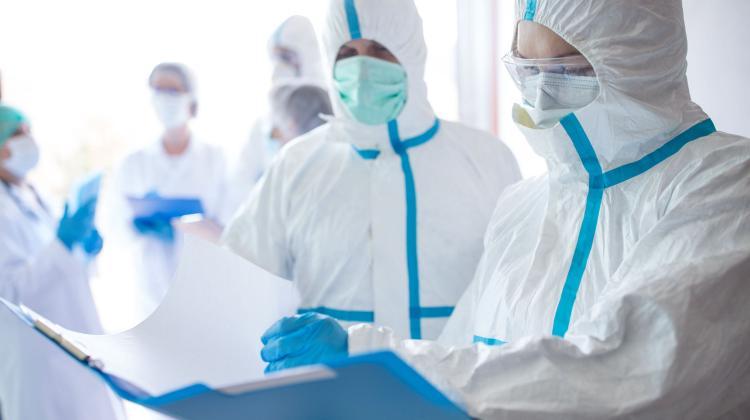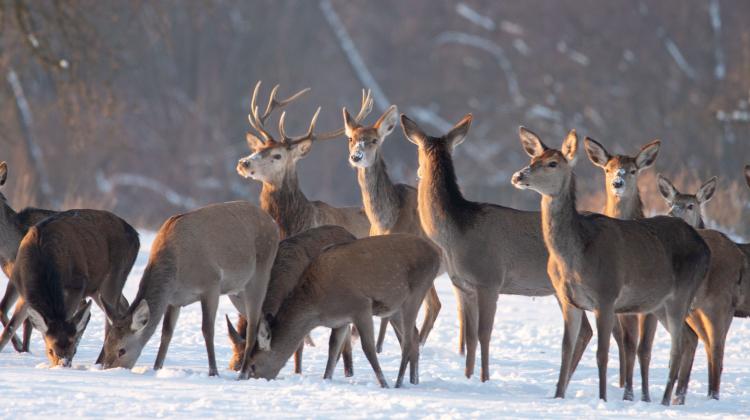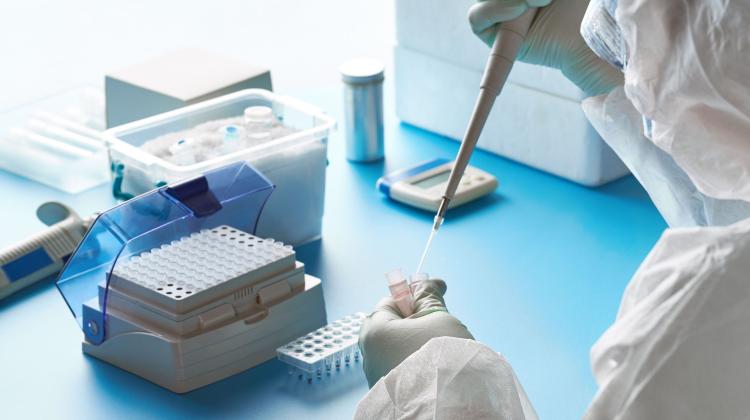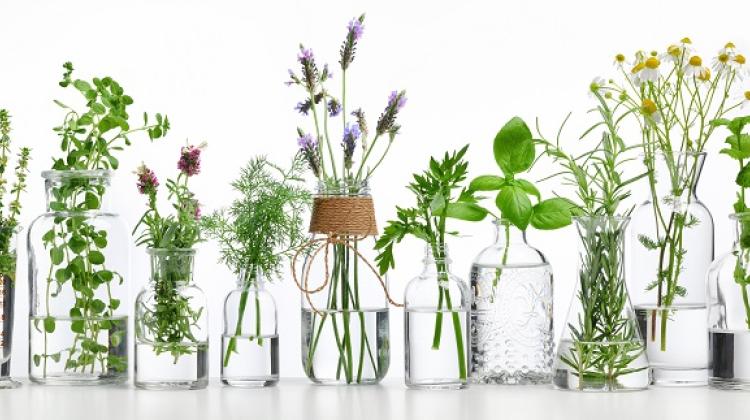Coronavirus infection less likely in hotter weather, say experts
 Photo: Adobe Stock
Photo: Adobe Stock
The risk of becoming infected with coronavirus is reduced in high temperatures, strong sunlight and moderate air humidity, according to Polish experts.
Researchers from the Institute of Meteorology and Water Management - National Research Institute and the Centre of Postgraduate Medical Education conducted a number of analyses and studies to find out if there was a link between meteorological conditions and the dynamics of Covid-19 pandemic in Poland.
Ministry of Health data on the number of cases confirmed by laboratories and the number of deaths related to COVID-19 and meteorological data from 55 synoptic stations in Poland and territorial data were used for research.
According to Professor Mariusz Figurski, head of director of the Meteorological Modelling Centre at the Institute of Meteorology and Water Management, six factors that have a dominant influence were selected: maximum temperature, minimum temperature, temperature amplitude, wind speed, humidity and sunlight.
He said: “Our research allows each responsible citizen to determine, based on the Institute of Meteorology and Water Management meteorological forecasts, the meteorological conditions in which the likelihood of infection is relatively smallest.”
After a relatively mild course of the first wave of the pandemic in Poland in April and May 2020, in the summer of 2020, despite the large mobility of people associated mainly with vacation, there was no significant deterioration of the epidemiological situation in the country.
The researchers said: “Only at the end of September and October, large daily infection rate increases started to be recorded. This clearly coincided with the deterioration of the weather in September and the arrival of autumn. Warm, dry and sunny weather changed into a rainy and cold autumn, especially in the south of Poland. This raised the question of whether the weather contributed to some extent to deteriorating epidemiological situation in Poland during the second wave of the pandemic. The review of literature at the beginning of our cooperation showed that there were reasons to suspect this.”
They continued: “We managed to demonstrate this and determine the shift, for which this correlation took the highest values. In our analyses it amounted to about 10-14 days, which is consistent with the time needed for virus to cause symptoms of the disease, the patient to consult a doctor, get tested and for the test result to be registered. This can be interpreted in such a way that in certain weather conditions it is easier to get infected than in others.”
The scientists also tried to demonstrate which meteorological parameters and their variability were the most important. According to their analyses, the parameters that most affect the risk of infection are air temperature, air humidity and number of hours of sunlight during the day, which is consistent with similar studies on this topic and with the general characteristics associated with human infections.
They said: “At high temperature, strong sunlight and moderate air humidity, the risk of infections is definitely smaller than in the case of low temperatures, a small amount of sunlight and very high or very low air humidity.”
They added that certain meteorological factors, such as temperature or sunlight, can facilitate the inactivation of SARS-COV-2 coronavirus and weaken the capacity of the coronavirus to survive on various types of surface. In addition, atmospheric factors may affect social behaviour, including mobility and the number of interpersonal contacts.
The scientists said: “The inclusion of meteorological factors and their impact on the transmission of infections may allow for more precise forecasting of the course of the epidemic. This allows us to implement preventive measures to avoid an excessive number of deaths.”
(PAP)
Author: Natalia Kamińska
nmk/ jann/ kap/
tr. RL
Przed dodaniem komentarza prosimy o zapoznanie z Regulaminem forum serwisu Nauka w Polsce.


















